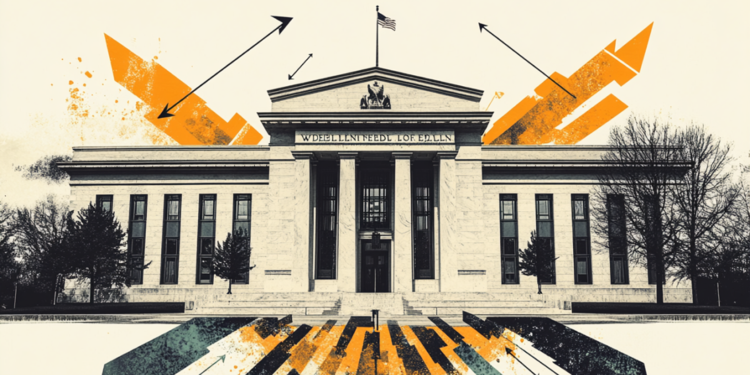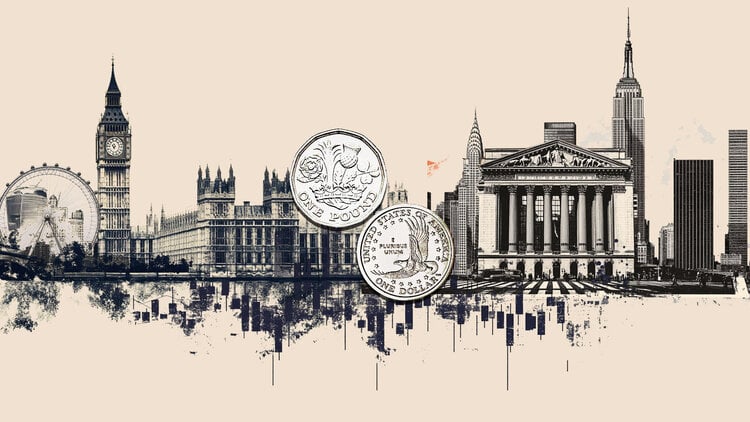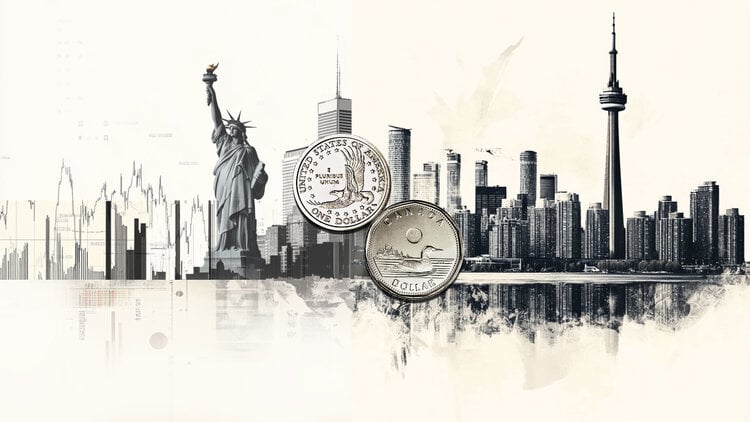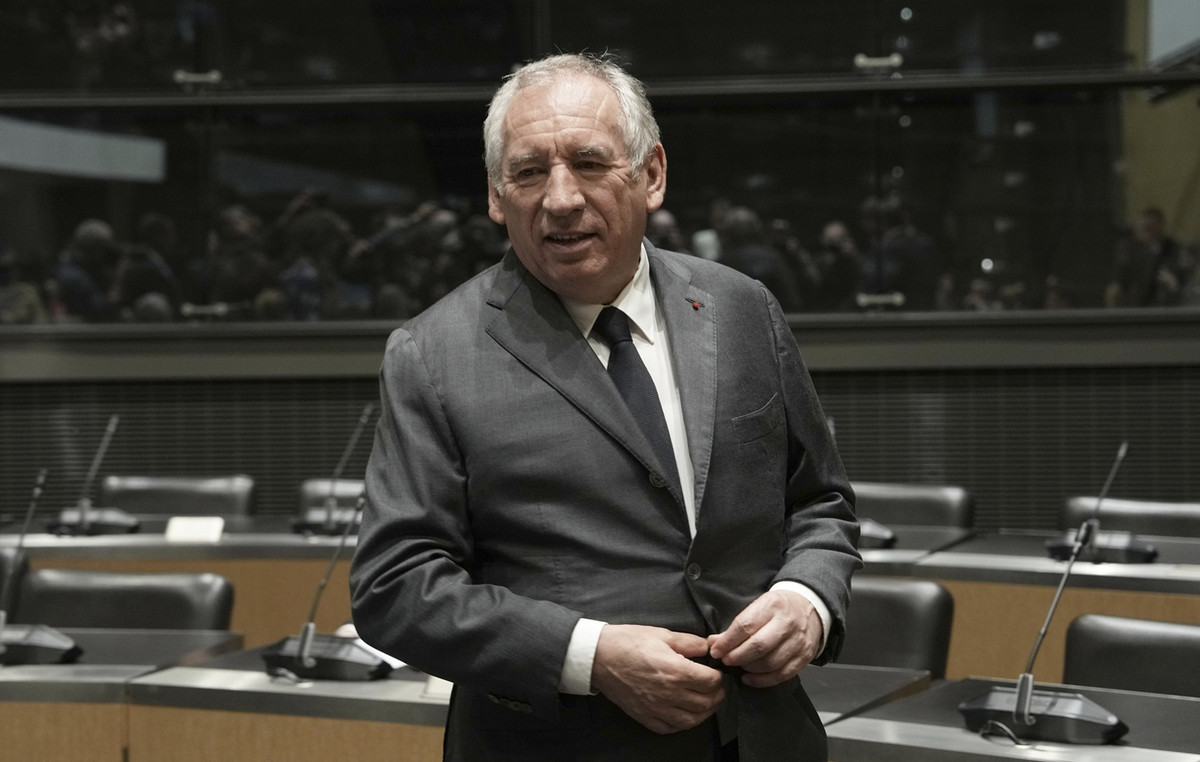The Brazilian real records his third consecutive day of profits against the US dollar.
He USD/BRL fell yesterday at its lowest price in ten weeks in 5,7971. Today Tuesday, the PAR has proved a daily minimum of 5,7992 and a maximum of the day in 5,8260.
At the opening of the American session, the USD/BRL is quoted over 5,8017, losing 0.08% in what we have been working on.
São Paulo inflation is moderate 0.24% monthly in January
- Brazil has published on Tuesday the São Paulo Consumption Price Index (CPI)the most populous city in Brazil. Inflation has increased a 0.24% monthly in January after growing 0.34% in December, showing its lower increase in four months. Moderation has been due to the rejection of food prices and personal care and fall in the price of housing.
- The descent in inflation could condition the next rise in rates of the Central Bank of Brazil. It is expected that at the next meeting, the entity will rise the interest rates 100 basic points, up to 14.25%, but a moderation confirmed by the general CPI of the entire country in prices could have an impact on a minor increase.
- Tomorrow Wednesday, Brazil will publish the December industrial production datawaiting for an interannual increase of 1.4% compared to 1.7% of November.
- The feeling of risk aversion has been moderated after knowing that the US suspends tariffs to Mexico and Canada for a month in exchange for both countries to reinforce their borders to curb illegal immigration and drug trafficking. Today the United States and China are expected to have conversations that can reach an agreement, which is causing a slight decline of the dollar against its rivals.
US dollar FAQS
The US dollar (USD) is the official currency of the United States of America, and the “de facto” currency of a significant number of other countries where it is in circulation along with local tickets. According to data from 2022, it is the most negotiated currency in the world, with more than 88% of all global currency change operations, which is equivalent to an average of 6.6 billion dollars in daily transactions. After World War II, the USD took over the pound sterling as a world reserve currency.
The most important individual factor that influences the value of the US dollar is monetary policy, which is determined by the Federal Reserve (FED). The Fed has two mandates: to achieve price stability (control inflation) and promote full employment. Its main tool to achieve these two objectives is to adjust interest rates. When prices rise too quickly and inflation exceeds the 2% objective set by the Fed, it rises the types, which favors the price of the dollar. When inflation falls below 2% or the unemployment rate is too high, the Fed can lower interest rates, which weighs on the dollar.
In extreme situations, the Federal Reserve can also print more dollars and promulgate quantitative flexibility (QE). The QE is the process by which the Fed substantially increases the flow of credit in a stuck financial system. It is an unconventional policy measure that is used when the credit has been exhausted because banks do not lend each other (for fear of the default of the counterparts). It is the last resort when it is unlikely that a simple decrease in interest rates will achieve the necessary result. It was the weapon chosen by the Fed to combat the contraction of the credit that occurred during the great financial crisis of 2008. It is that the Fed prints more dollars and uses them to buy bonds of the US government, mainly of financial institutions. Which usually leads to a weakening of the US dollar.
The quantitative hardening (QT) is the reverse process for which the Federal Reserve stops buying bonds from financial institutions and does not reinvote the capital of the wallet values that overcome in new purchases. It is usually positive for the US dollar.
Source: Fx Street
I am Joshua Winder, a senior-level journalist and editor at World Stock Market. I specialize in covering news related to the stock market and economic trends. With more than 8 years of experience in this field, I have become an expert in financial reporting.







